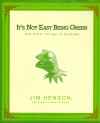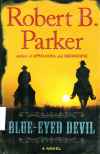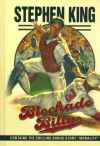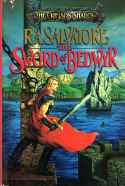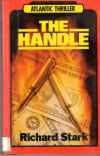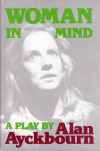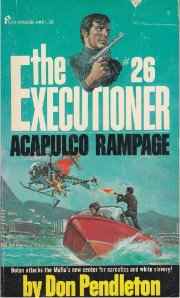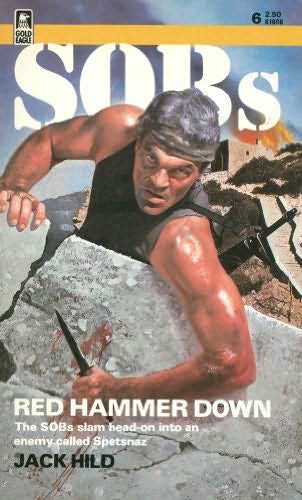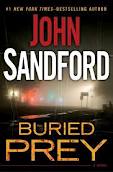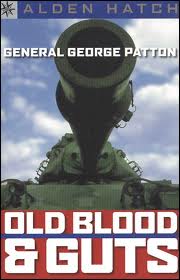 I browsed through this book during the Super Bowl. Not that that matters, but you know that’s what I do.
I browsed through this book during the Super Bowl. Not that that matters, but you know that’s what I do.
The book was published in 1959 to draw tourists to the German city (West German city in those days, only a decade after the Berlin AirLift). The photography, aside from the dust jacket, is in black and white, and the text appears side-by-side in English and French. Apparently, 20 years later, the Germans wanted the French tourists to invade. But that’s neither here nor there.
Cologne is a beautiful city circa 1959: the old parts of it that survived the war, including its cathedral and some of the gates that remain from the walls that surrounded the old city are spectacular. However, the book spends a bunch of pages on the more modern buildings in the city, built after the war, and they all look like 20th century architecture, which is to say rather unimaginative compared to the old stuff.
I don’t imagine I’ll ever see Cologne firsthand–I’m not eager to travel abroad, as I get the sense Americans are pretty unpopular over in Europe in the 21st century. In my imagination, the 1950s and the 1960s were the time to visit Europe, when the gratitude for America’s intervention in WWII was still high. Maybe it wasn’t. Maybe I’m inflating my concerns to cover my own parochialism. Maybe I’ll travel on one of Jay Weber’s annual tours, or go a group with Victor Davis Hanson some time. Until then, I have these books between football plays.
Bonus: This book was a gift in 1960 from either schoolmates, coworkers, or something. Check out the inscription below, ignoring the $1.00 that Book Castle priced it: Continue reading “Book Report: Cologne published by Greven Verlag Koln (1959)”



